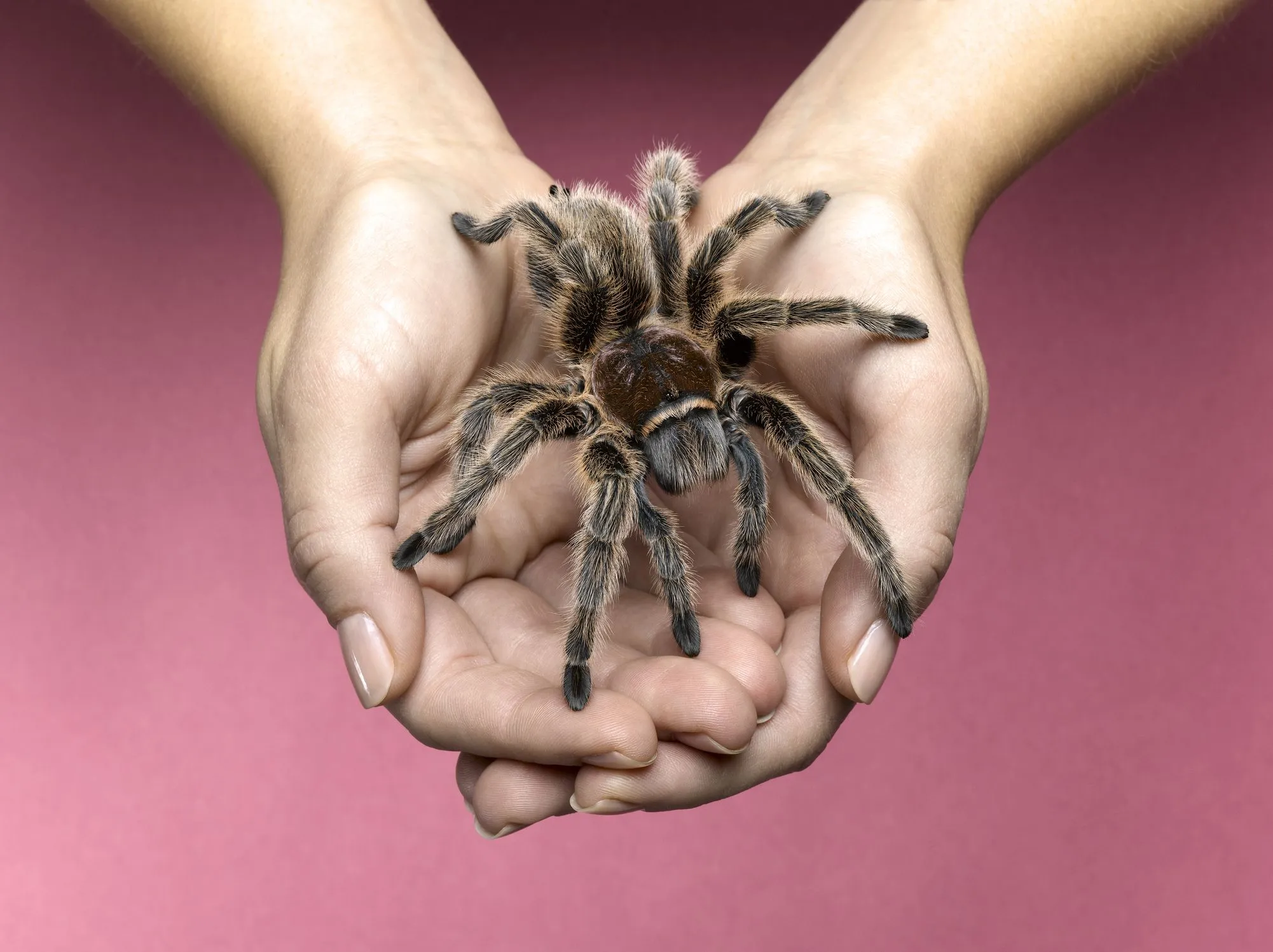Why Choose a Tarantula as a Pet?
Tarantulas, despite their intimidating appearance, have become increasingly popular pets. These fascinating arachnids offer a unique pet-owning experience for several reasons. They are relatively low-maintenance compared to many other pets, requiring less daily attention and interaction. They don’t need to be walked, bathed, or played with in the traditional sense. This makes them ideal for people with busy lifestyles or those who prefer a more hands-off pet. Beyond their ease of care, tarantulas are captivating to observe. Their intricate behaviors, such as molting, web-spinning, and hunting, provide endless opportunities for observation and learning. Owning a tarantula can be a rewarding experience for those interested in the natural world and the wonders of the animal kingdom. Their unique beauty and the opportunity to learn about their behaviors make them a truly interesting pet to own.
The Allure of Tarantulas
The allure of tarantulas stems from a blend of factors, including their exotic nature, diverse appearances, and the intriguing mystery surrounding their lives. Each species showcases unique characteristics in color, size, and behavior, with some displaying vibrant hues that add a visual appeal. Their survival strategies, from camouflage to hunting tactics, offer an educational window into evolutionary adaptations. Owning a tarantula provides a fascinating opportunity to delve into the world of invertebrate biology. Furthermore, the relative quietude and low-maintenance needs of these creatures appeal to individuals seeking a pet that doesn’t demand constant attention. The captivating combination of exoticism, scientific interest, and practical care requirements makes tarantulas an appealing choice for pet owners looking for something beyond the norm.
Tarantula Types Commonly Found in Pet Stores
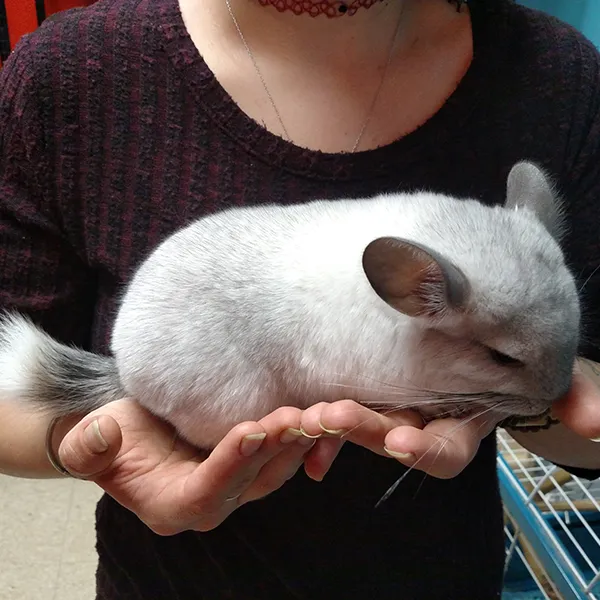
Pet stores often carry a selection of tarantula species that are well-suited for beginner keepers. These tarantulas are generally known for their docile temperaments, manageable size, and hardiness. Some of the most popular species include the Chilean Rose Hair Tarantula (Grammostola rosea), known for its gentle nature and relatively slow movements, making it a good choice for new owners. The Mexican Red Knee Tarantula (Brachypelma hamorii) is also a favorite, recognizable by its striking orange and black coloration. It’s also relatively docile, although like all tarantulas, it should be handled with care. Other species sometimes available include the Curly Hair Tarantula (Tliltocatl albopilosus), recognized for its distinctive fuzzy appearance, and various species of the Avicularia genus, such as the Pinktoe tarantula, which are arboreal and can add diversity to your collection. It is important to research any tarantula before buying it to ensure that its needs are suitable for your environment and experience level.
Popular Tarantula Species
The popularity of specific tarantula species within pet stores is often dictated by a blend of factors including their temperament, appearance, and ease of care. The Chilean Rose Hair (Grammostola rosea), renowned for its docile nature and resilience, is frequently a top pick for beginners. Its slow movements and generally calm demeanor make it less intimidating to handle. The Mexican Red Knee (Brachypelma hamorii), with its striking orange and black patterns, consistently attracts admirers; its beauty and relatively gentle nature enhance its appeal. Other sought-after species encompass the Curly Hair Tarantula (Tliltocatl albopilosus), with its unique fluffy appearance. Each species brings different challenges and rewards to the pet-keeping experience, making it critical for potential owners to deeply research their requirements and compatibility with the owner’s skill before making a purchase. Each species also has a specific price that might change depending on the age, health, and rarity.
Where to Find a Tarantula Pet Store Near Me
Finding a tarantula pet store near you involves using several resources. Start with online searches, such as Google, Bing, or DuckDuckGo, using the phrase ‘pet store near me tarantula’ or variations. Review the results to identify local pet stores. Websites such as Yelp and Google Maps can provide ratings, reviews, and contact information, aiding in evaluating potential stores. Local pet stores often advertise on these platforms, providing detailed descriptions of their species, supplies, and expertise. Also, check local community boards or online forums for recommendations from fellow pet owners. Visiting the physical stores allows you to assess the conditions in which the tarantulas are kept and allows you to ask questions to the store staff, which ensures that the tarantulas are healthy and the store is reputable. Keep in mind that some stores specialize in exotic pets, while others might only carry them occasionally.
Online vs Local Pet Stores

When seeking to buy a tarantula, both online and local pet stores present benefits and drawbacks. Local pet stores offer the advantage of allowing potential owners to view the tarantula in person, which can help in assessing the animal’s health and behavior. Local stores often provide immediate customer support and guidance. However, the selection may be more limited than what’s available online, and the prices might be higher. Online retailers typically provide a broader variety of species and often have competitive pricing. They frequently feature detailed information about each tarantula, including care instructions and background information. However, you cannot physically inspect the tarantula before purchase, which can be a concern. Furthermore, there are shipping-related risks, like extreme temperatures, which can be detrimental to the tarantula’s health. The choice depends on the buyer’s preferences; assessing the health and handling the tarantula will be available in person at a local shop.
What to Look for in a Good Pet Store
When evaluating a pet store for tarantulas, several aspects should be considered. The store should maintain clean and appropriately sized enclosures for the tarantulas, with adequate substrate, hiding places, and proper ventilation. Tarantulas should appear alert, active, and well-fed. Examine the tarantulas for any signs of illness, such as lethargy, loss of appetite, or unusual postures. The store staff should have knowledge about tarantula care and be willing to answer questions and provide guidance to potential buyers. A good pet store is also likely to stock a variety of essential supplies, including appropriate substrates, enclosures, heat sources, water dishes, and food items. Reading customer reviews is crucial, because it provides insight into the store’s reputation, the health of their animals, and the level of customer service they offer. A responsible pet store should prioritize the well-being of its animals.
Healthy Tarantula Checklist
Before buying a tarantula, perform a thorough health assessment. The tarantula should have a healthy appearance. Look for a plump abdomen, as this indicates it is well-fed and hydrated. Check that its legs move freely and that it is not missing any. The tarantula’s fangs should be intact, and it should not be exhibiting any signs of paralysis or tremors. The enclosure should be clean, with fresh substrate. Ask how often the tarantula is fed. A healthy tarantula will be alert and responsive to its surroundings. It should not appear lethargic or withdrawn. Ensure that the store staff can provide information about the tarantula’s species, age, and history, helping you gain insights into its care needs. Before purchase, you should confirm that the tarantula is eating and drinking well. Avoid purchasing a tarantula that appears to be in distress or is showing signs of illness.
Essential Supplies for Tarantula Care
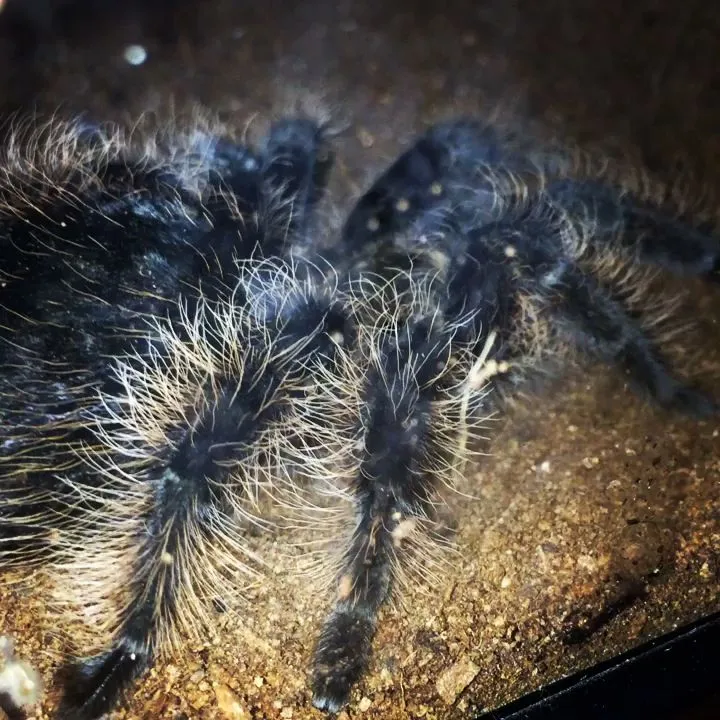
Setting up a suitable environment is essential to tarantula care. The most important supply is an enclosure, which should be appropriately sized for the species and the tarantula’s size. The enclosure should have a secure lid to prevent escape and a good ventilation system to maintain proper air quality. The enclosure should be filled with substrate, such as coconut fiber, peat moss, or a mixture of both. The substrate helps maintain humidity levels, essential for the tarantula’s molting process. A water dish with fresh, clean water should be available at all times. Provide a hide or shelter where the tarantula can retreat and feel secure. Depending on the species and the environment, you might need a heat source, such as a heat mat or a ceramic heat emitter, to maintain the proper temperature. Other essential supplies include feeding tongs, a spray bottle for misting, and a container to keep the crickets or other insects that are commonly fed to tarantulas.
Habitat Setup
Creating a suitable habitat for your tarantula is essential for its health. The enclosure’s size depends on the species and size of the tarantula, with juveniles needing less space than adults. Provide a secure, escape-proof enclosure made of glass or clear plastic. Choose the right substrate; coconut fiber, peat moss, or a mixture of both are generally recommended for their ability to retain humidity and provide a safe environment. Include a water dish filled with fresh water, and provide a hide, such as a piece of cork bark, a half-log, or a commercially available hide, where the tarantula can feel secure and retreat from view. Maintain the correct temperature and humidity levels for your species. These typically vary based on the specific species, and misting the enclosure can help maintain the required humidity levels. Arrange the decorations so that the tarantula can move and hunt freely, and ensure all items are securely placed to prevent injury.
Feeding and Watering
Feeding a tarantula involves providing appropriately sized insects, such as crickets, mealworms, or roaches. The frequency of feeding depends on the age and species of your tarantula, with younger ones needing more frequent meals. Always provide fresh, clean water in a shallow dish. Watch the tarantula’s feeding behavior and adjust feeding frequency accordingly; the tarantula might eat less frequently before molting. Remove any uneaten insects from the enclosure to prevent them from stressing or harming your pet. Feeding tongs are helpful for offering insects and keeping the feeder insects away from your hands. Do not overfeed your tarantula, as this can lead to health issues. The tarantula will often refuse food when it is about to molt. Ensure that the insect feed is gut-loaded with nutritious food such as vegetables before feeding the tarantula.
Common Tarantula Health Issues
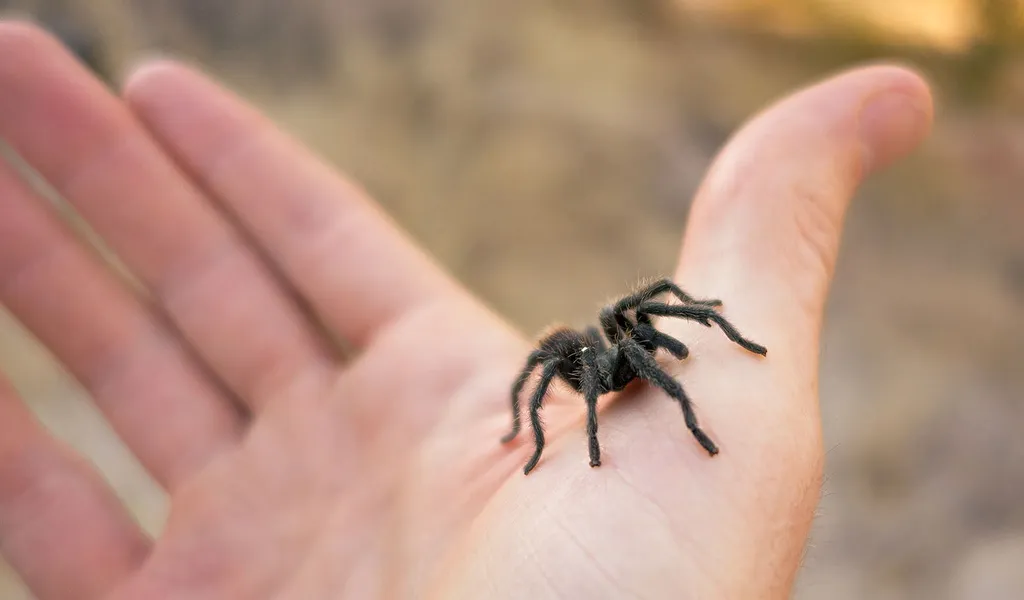
Tarantulas, like all pets, can experience health problems. Some common issues include dehydration, which can be caused by insufficient water or low humidity levels; this is usually easy to fix by providing access to water. Parasites, such as mites, are another concern, and these can often be introduced through contaminated substrate or feeders. Molting problems can occur if humidity levels are too low or if the tarantula is stressed; in these cases, it’s best to keep the tarantula comfortable and humid, and the molt will usually happen in its time. Infections can also arise if the tarantula gets injured. If you notice anything out of the ordinary, consult a veterinarian with experience in exotic animals. Observing your tarantula’s behavior, feeding habits, and overall appearance will help you catch potential health issues early on.
Preventative Measures
Implementing preventative measures is crucial for maintaining a healthy tarantula. Maintaining the right environment is crucial. Ensure proper temperature and humidity levels, based on the species, and provide fresh water. Source food from reliable suppliers to minimize the risk of introducing parasites or diseases. Quarantine new tarantulas before introducing them to established collections to prevent the spread of any potential illnesses. Regularly clean the enclosure, removing uneaten food and waste to maintain hygiene. Observe your tarantula regularly for any signs of health problems, such as changes in behavior, appetite, or physical appearance. Avoid handling your tarantula unnecessarily, as this can stress them and potentially lead to injury or bites. By taking these preventative steps, you can minimize the chances of your tarantula developing health issues and ensure a long, healthy life for your pet.
Tarantula Handling and Safety
Tarantulas should be handled with care. It’s usually best to avoid handling them unless it’s necessary. Always approach the tarantula slowly and gently. Handle the tarantula over a soft surface, like a bed or a table covered with a blanket, to minimize the risk of injury should it fall. Use a wide, clear container to gently coax the tarantula into the container. Never squeeze or put pressure on the tarantula’s body. Be mindful of the tarantula’s behavior and avoid startling it. If you must handle a tarantula, do it over a soft surface to prevent injury. Remember that some tarantulas have urticating hairs that can cause skin irritation. Avoid touching your face or eyes after handling a tarantula. Before handling, always wash your hands thoroughly.
Safe Handling Techniques
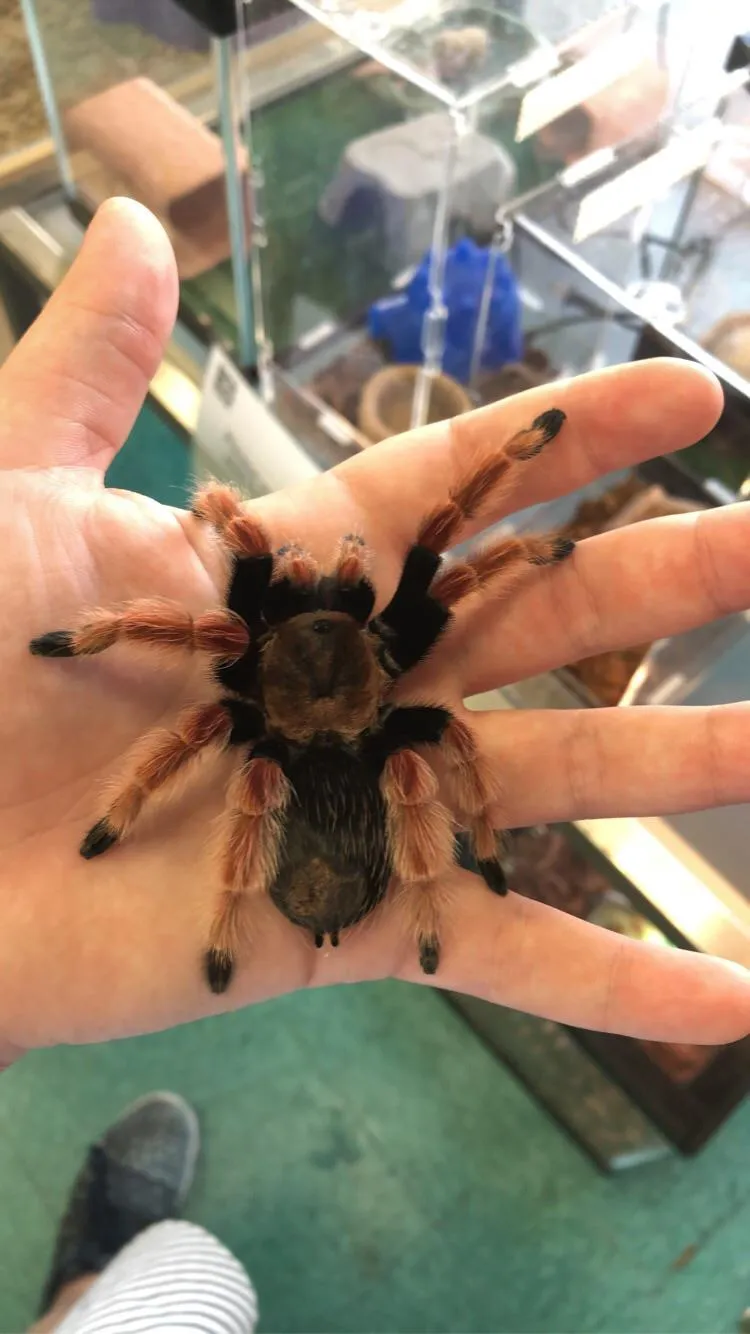
If handling your tarantula is unavoidable, utilize safe techniques to minimize risks. Approach your tarantula in a calm manner to avoid startling it. If you need to move it, gently encourage it into a clear container. Ensure that the container is secure and has ventilation holes. While the tarantula is in the container, carefully lift it and transport it to the new location. Avoid sudden movements or dropping the container. Be mindful of the tarantula’s behavior during handling. If the tarantula seems stressed, return it to its enclosure. Keep children and other pets away during handling. Consider wearing gloves, although some keepers prefer to go barehanded to feel the tarantula’s movements, and this is a matter of personal preference and comfort.
Understanding Tarantula Behavior
Understanding tarantula behavior is essential for responsible pet ownership. Tarantulas are generally solitary creatures and do not require companionship. Their behavior is primarily instinctual. Tarantulas communicate through a combination of physical cues and pheromones. Defensive postures, like raising their front legs or flicking urticating hairs, are signs of distress or a warning to back off. Observe your tarantula’s feeding habits, as a loss of appetite can indicate an approaching molt or a health issue. The tarantula’s activity levels can vary depending on the species, with some being more active than others. The tarantula may also hide a lot. By observing these behaviors, you can determine its overall well-being. Learn the specific behaviors of the species you have to meet its needs and provide a safe environment.
Tarantula Lifespan and Commitment
Before acquiring a tarantula, you should understand the commitment of time and resources needed. Tarantulas can live for many years; females of some species can live for over 20 years, while males usually have a shorter lifespan. Owning a tarantula is a long-term commitment. Consider your lifestyle and ability to care for the tarantula over the course of its life. Provide for the tarantula’s daily care needs and the financial costs associated with this. They will require a proper enclosure and regular feedings, as well as potential veterinary care if needed. Research the specific requirements of the species you are considering, because it will help you understand your ability to meet those needs. Think about your future plans and whether you will be able to provide the necessary care throughout the tarantula’s lifespan. Owning a tarantula is a rewarding experience, but it demands careful planning and commitment.
Life Expectancy of Different Species
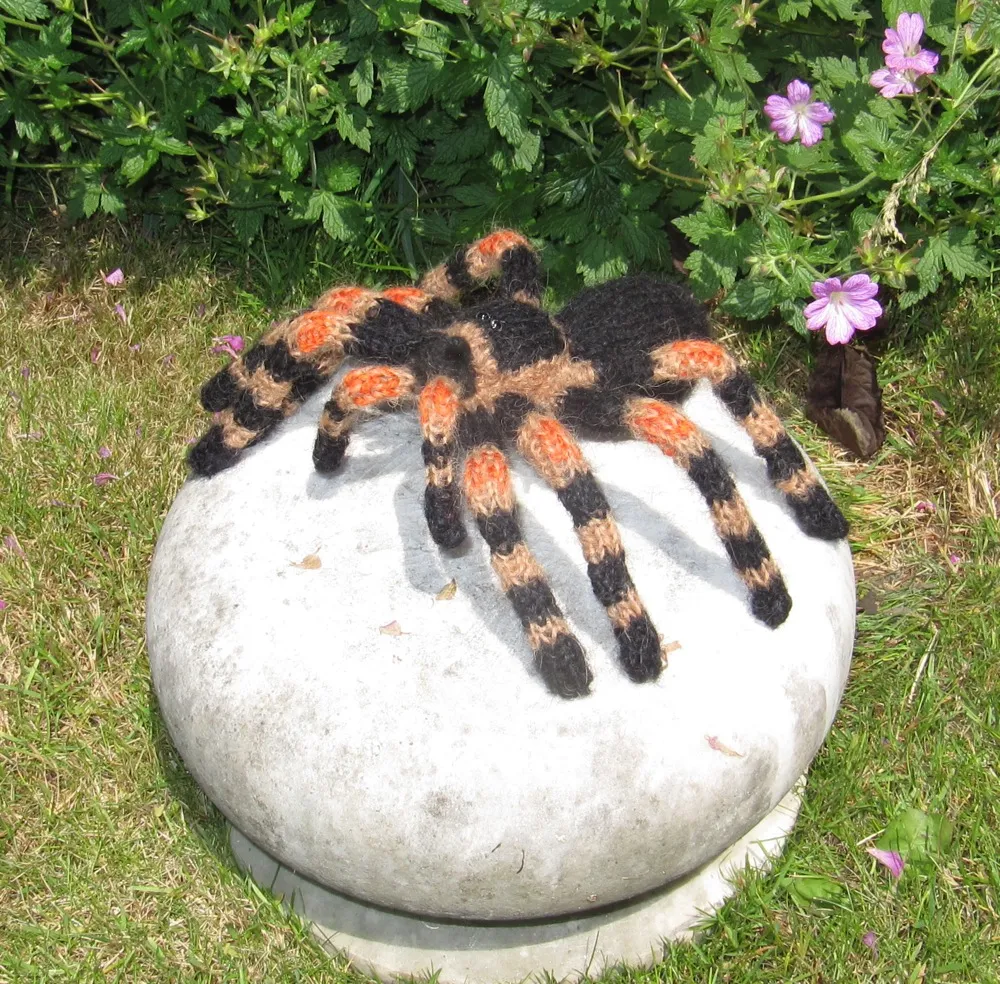
The lifespan of tarantulas varies depending on the species and sex. Females generally live much longer than males. For instance, the Chilean Rose Hair (Grammostola rosea) can live 15 to 20 years. The Mexican Red Knee (Brachypelma hamorii) has a similar lifespan for females, while males typically live for only a few years after maturity. The lifespan also relies on environment and care. Providing the right temperatures and humidity, proper feeding and habitat setup are the keys to a long and healthy life for your tarantula. By choosing a species with a lifespan that aligns with your capacity for long-term care, you can enjoy the unique experience of tarantula ownership for many years. Understanding the species’ average lifespan is an important aspect of making the decision.
Long-Term Care Considerations
When considering long-term care for a tarantula, think of several factors that can impact the pet’s well-being. The tarantula’s habitat needs to remain consistent for temperature and humidity levels. Regular monitoring of health and behavior is required. Ensure consistent access to food and water. It’s essential to have a financial plan to cover any potential veterinary expenses. Consider any changes in your lifestyle. Ensure that you will continue to be able to provide the tarantula’s needs as your life evolves. Preparing for the future, researching and being aware of the requirements will help you offer the best care and allow for the continued enjoyment of your pet.
Tarantula Pet Store Near Me Frequently Asked Questions
How do I choose a healthy tarantula?
To choose a healthy tarantula, observe the tarantula carefully, looking for a plump abdomen, alert behavior, and intact legs. Examine the tarantula’s enclosure, looking for signs of good care and hygiene. Ask questions to the store staff about the tarantula’s species, origin, and health history. Ensure it is eating and drinking before you buy it.
What supplies do I need?
You will need an appropriately sized enclosure, a substrate appropriate for the species, a water dish, a hide, and possibly a heat source. You will also need feeding tongs and a container to hold insects.
How often should I feed my tarantula?
Feeding frequency depends on the species and age. Younger tarantulas generally need to be fed more often than adults. Observe your tarantula’s behavior and adjust feeding accordingly. Remove any uneaten insects within a day or so.
Tarantula Care Safety Tips
Always wash your hands before and after handling a tarantula. Handle your tarantula over a soft surface to prevent injury from a fall. Be mindful of the tarantula’s behavior and avoid startling it. Avoid touching your face or eyes after handling a tarantula.
